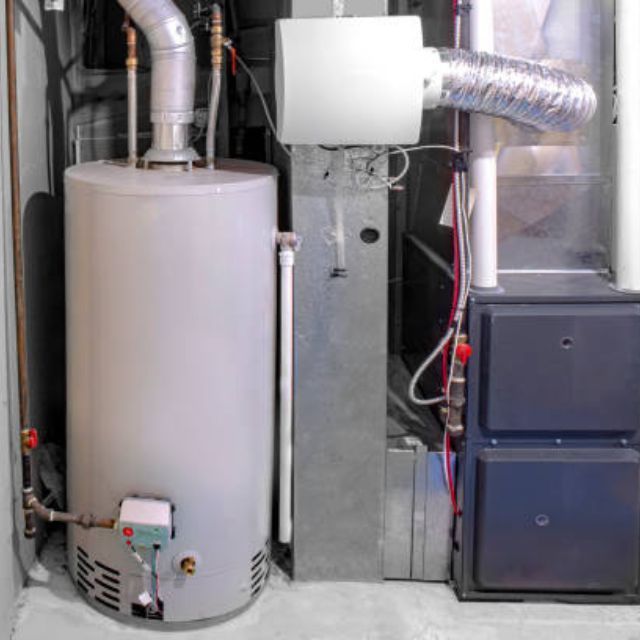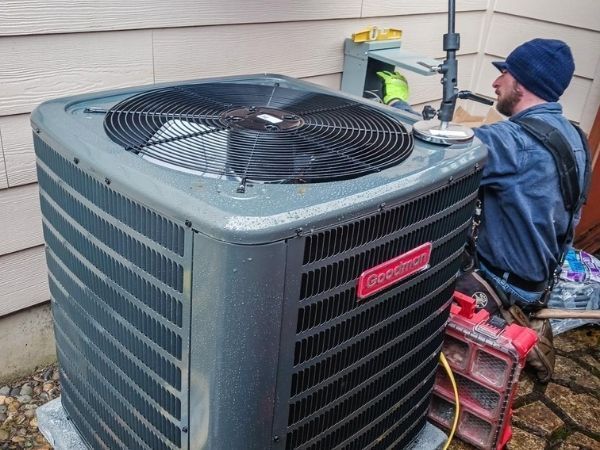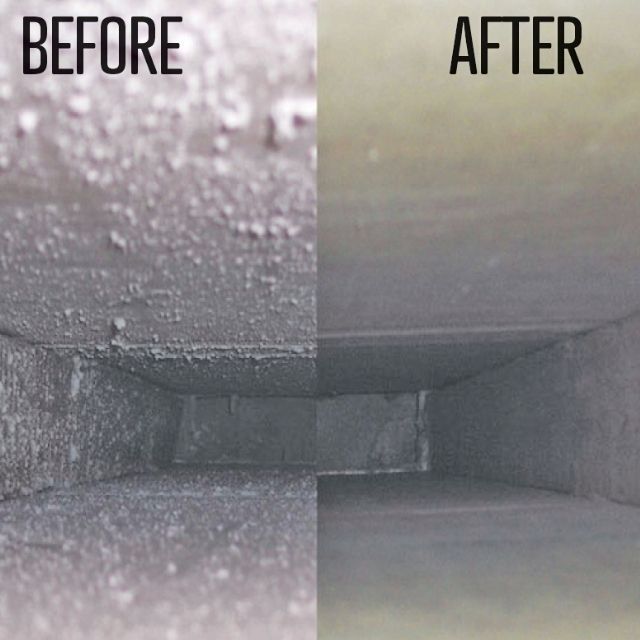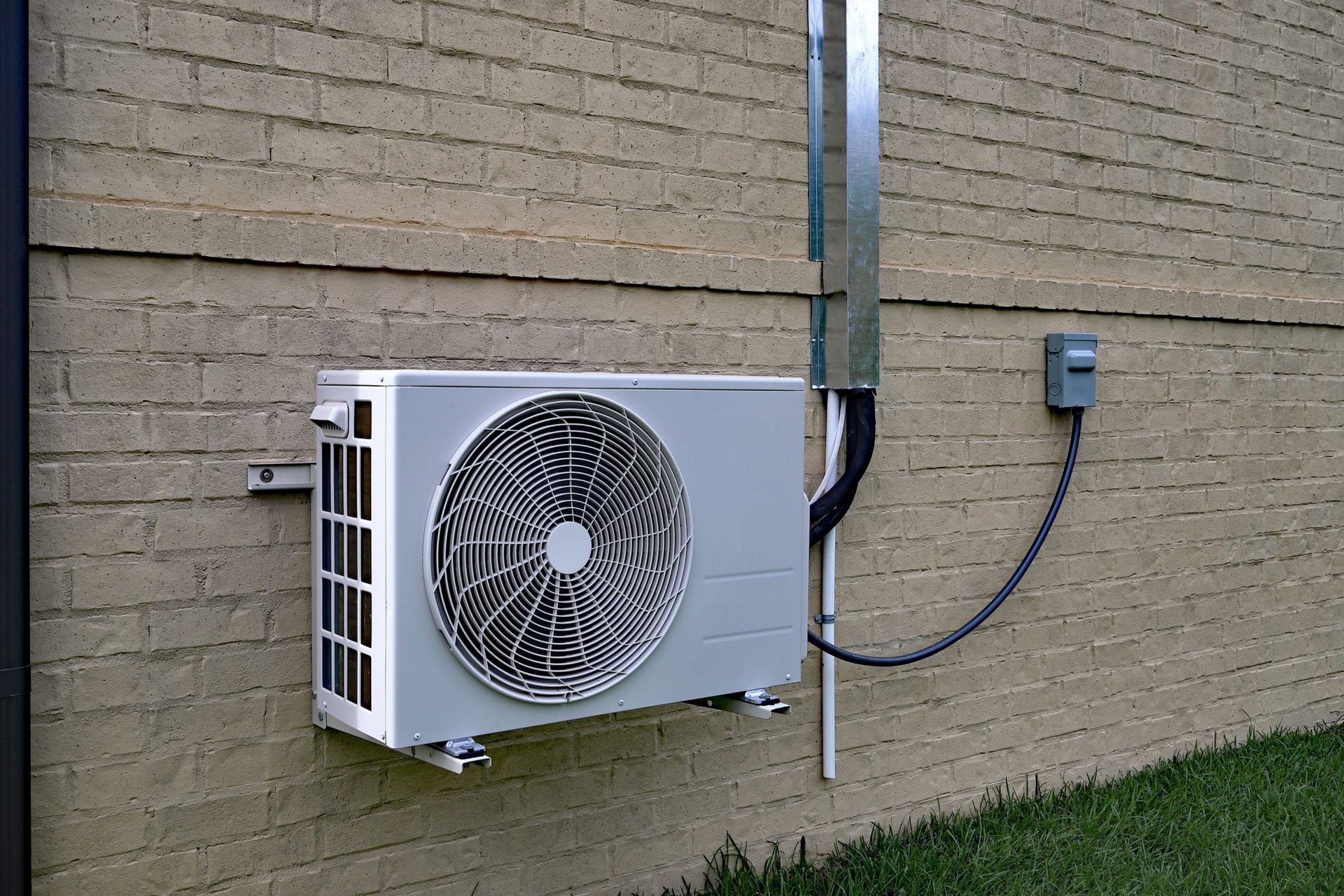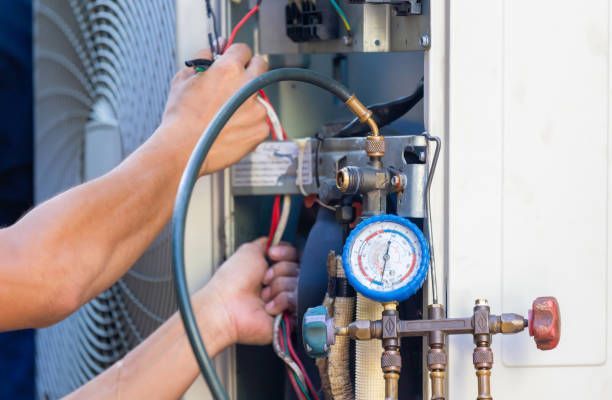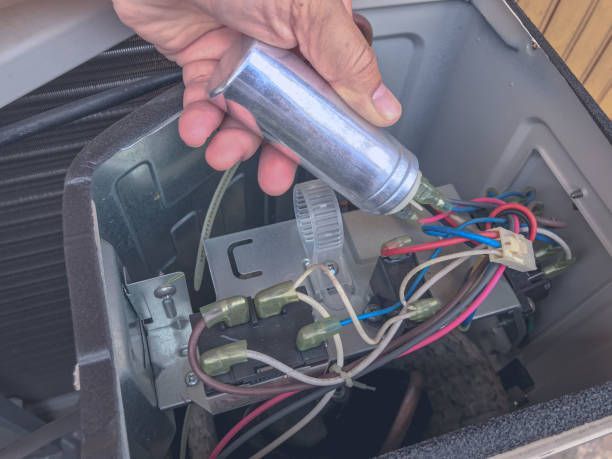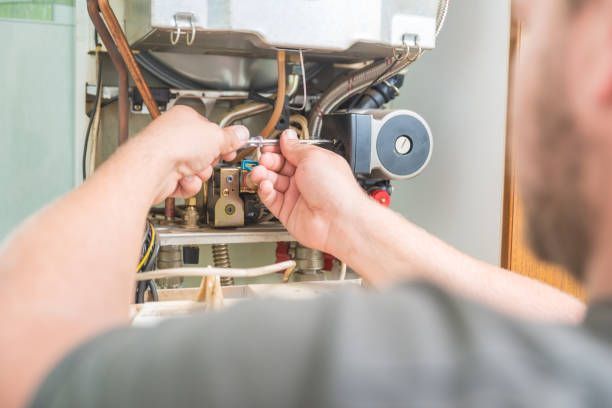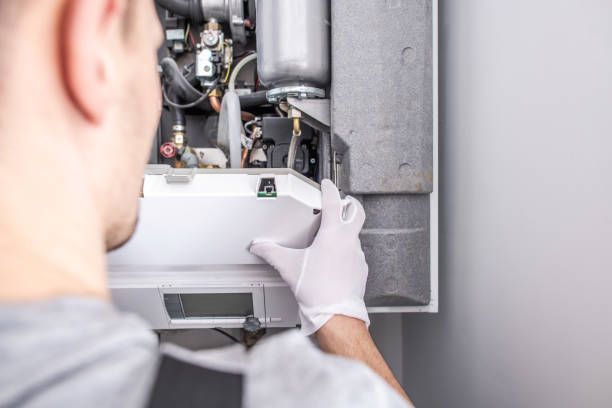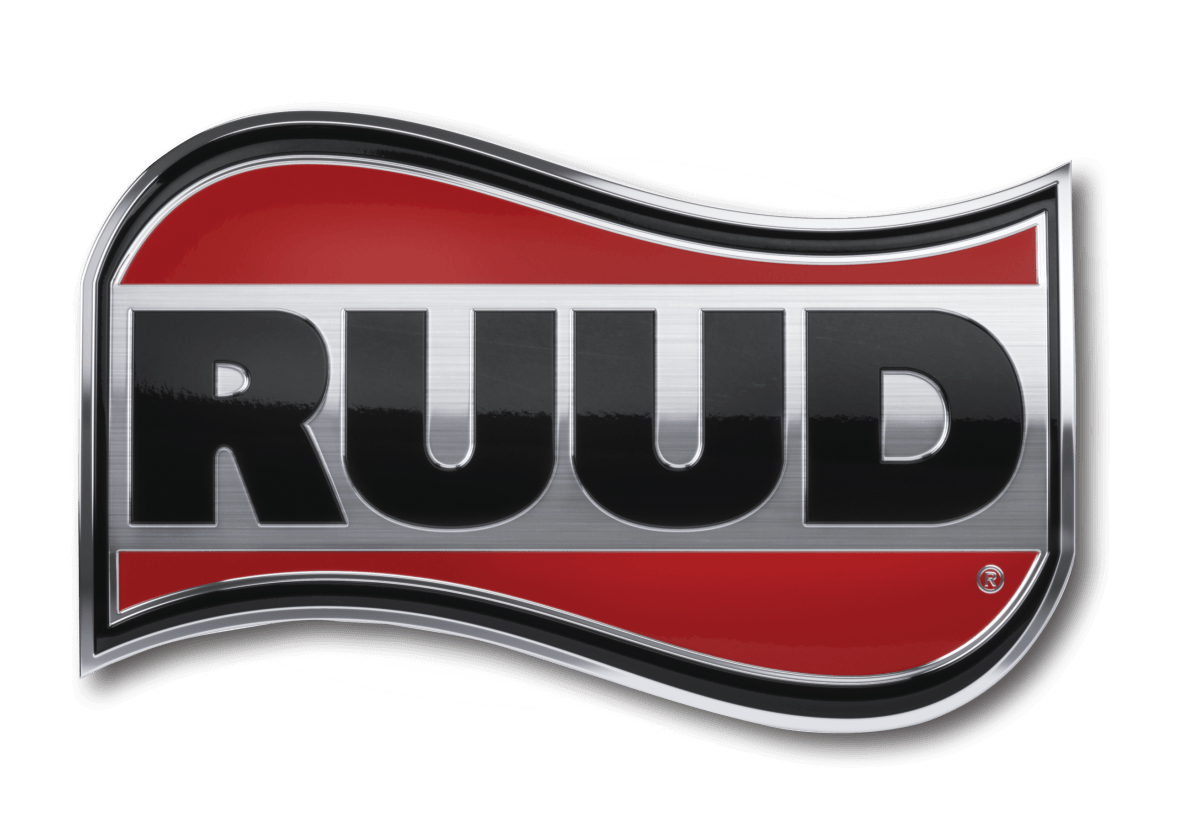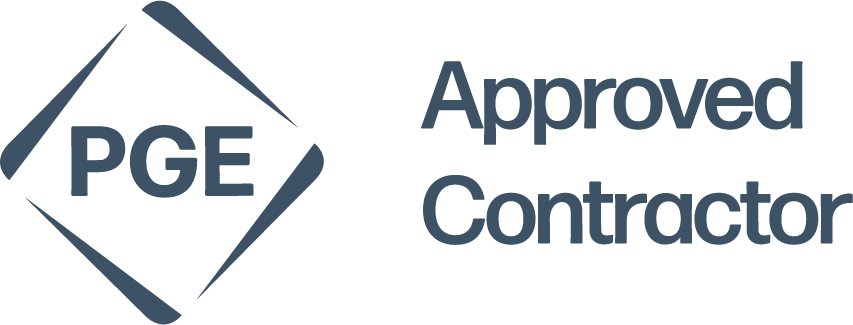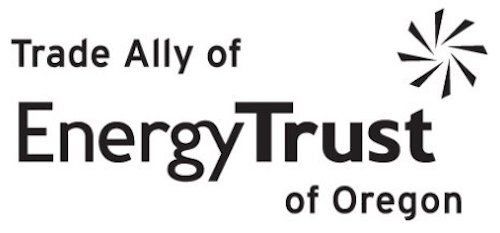Do You Have Mold in Your Air Ducts?
How it Got There and How to Get Rid of it.
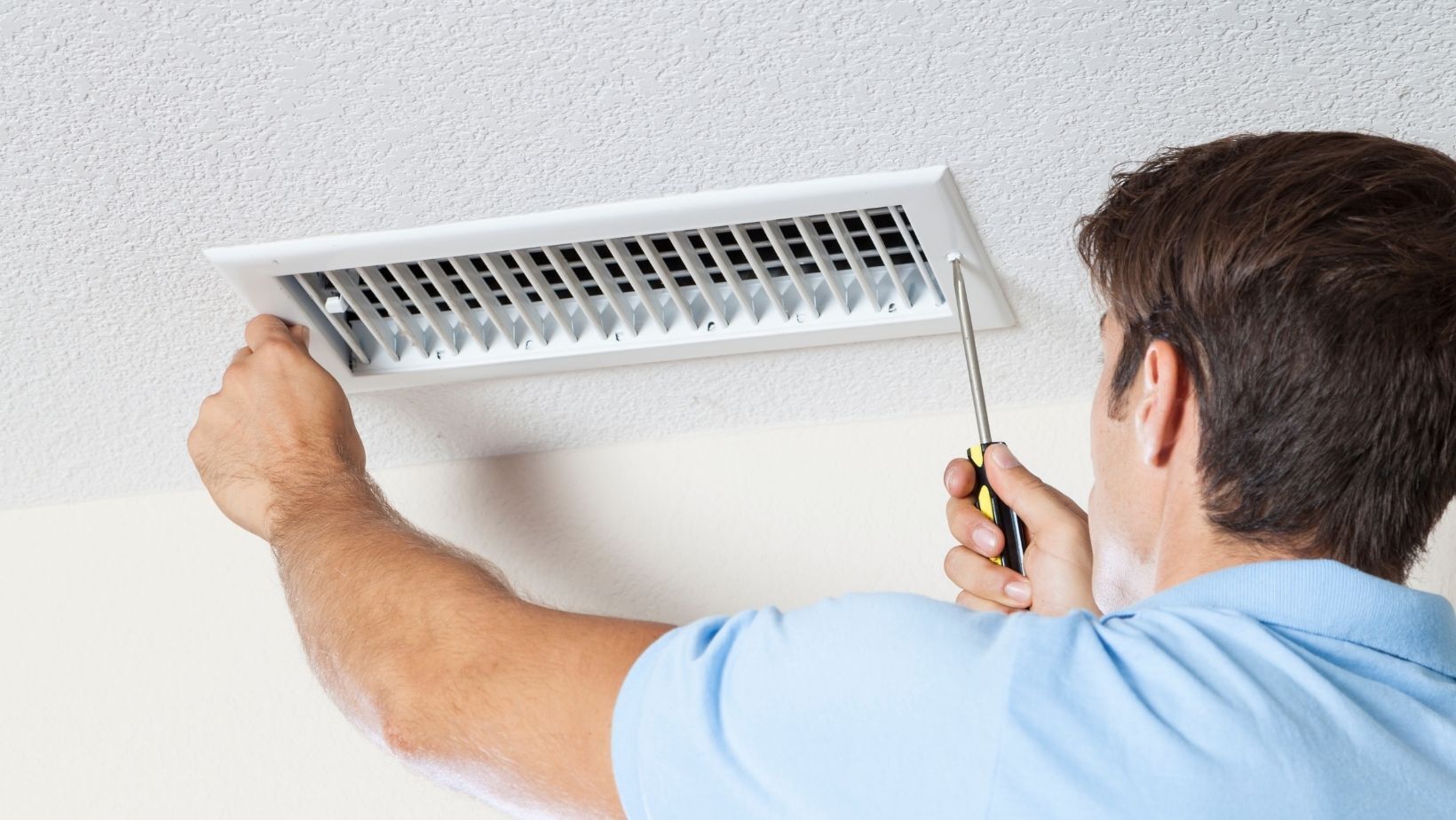
Odors. Mold in air ducts or air vents is frequently detected by an unpleasant or musty odor. In many circumstances, you'll be able to smell it before seeing it. If you notice a musty or moldy odor that disappears when you turn off your air conditioning or heating (if they share ducts), mold in your HVAC system could be the source.
Mold and mildew in air vents and ducts can give off a musty, rotting, or stale odor. Check out a problem that keeps happening immediately, especially if it's in a place with poor ventilation or a lot of moisture.
Visible mold. The earliest signs of mold should be checked for near the air conditioning unit's vents, ducts, and drop pans. When the drip pans beneath condenser coils become blocked, mold can flourish there.
Remember that mold spreads through spores, which are extremely small and difficult to detect. As a result, mold may take some time to manifest as visible spots. When mold finally becomes visible, the infection may have already spread significantly. Only expert assistance can eradicate mold and prevent its return if the mold has reached this degree.
Symptoms. Mold in air ducts could be to blame if people or pets in your home start showing symptoms whenever the AC is on. Exposure to mold in the air can trigger allergy-like symptoms, including a runny nose, watery eyes, and a stuffy head if there is enough mold in or around the vents.
What causes mold to grow in air ducts?
Ductwork mold develops in damp, warm environments. Mold grows most well in situations that are both warm and damp. Mold in air ducts can be caused by a humid climate, not enough ventilation, or anything else that keeps moisture in your walls and makes condensation.
Several HVAC problems, some of which are listed below, can make mold grow easier.
Mold in air ducts is one issue that can arise if your AC unit is too large for the available room. Larger systems can sometimes cool a small room too quickly, turning off before the air drains. It's possible for condensation to form inside your walls and ducts. Mold growth after a new installation could mean that your heating, ventilation, and air conditioning system needs to be bigger for the space.
Occasionally, mold will form around the vents if you set your air conditioner to a shallow temperature. Moisture in the air can condense on surfaces near the vents when the cool air meets the room's warm air. Mold can form if water pools and never evaporates. It takes a temperature difference of around 20 degrees for water to form, known as the temperature differential. Moisture might seep into your air ducts if you ignore the problem for too long.
The same issue might happen if your ducts have leaks that allow warm air in. Moisture condenses on ducts due to temperature disparity between ducts and walls, providing ideal conditions for mold growth. In this case, you should seal any leaks in the ductwork and thoroughly clean and remove mold from the ducts.
Why you need a professional to remove mold
It may seem pointless to hire a professional cleaner, but we can eliminate the mold and stop it from returning much more entirely and safely than you can. At the outset, you should know that regular cleaners won't get rid of mold. Using conventional cleaning chemicals will only leave behind mold spores that will quickly regrow. The professionals will have the right gear to shield themselves and your property from the mold and the chemicals used to remove it.
It's not just the mold in your air ducts that could cause problems for your HVAC system; you could accidentally damage the entire system if you try to clean it yourself. Experts are trained and have the experience to correctly care for and fix your air conditioner. Experts in the field of heating, ventilation, and air conditioning (HVAC) know just how to clean your ducts without causing any harm to the system. They know how to get rid of equipment correctly and use solutions that stop mold growth, so the problem doesn't come back.
How to prevent mold in the future
After mold in air ducts has been removed, precautions must be taken to prevent its return. A preventative maintenance plan is the best way to keep an HVAC system healthy and keep an eye on mold growth. To stop mold, it's crucial to ensure no leaks or other sources of moisture. Preventing malfunctions and extending the life of your cooling system can be achieved through routine maintenance.
Consider getting a duct cleaning service every so often to make your HVAC system last longer. Regular upkeep typically excludes duct cleaning. If you detect mold in your air ducts, you'll need to have them cleaned immediately. However, if you live in a particularly humid area or have recurring mold problems, you should have them cleaned on a more regular basis.
UV Light and ionization air purifiers are other viable options for eliminating mold and other airborne pathogens. Airborne contaminants, such as smells and VOCs, can be destroyed by "active" systems, while "passive" systems are excellent in destroying particles on surfaces in your HVAC system (like the coils and fan units).
If mold continues to grow despite these precautions, you may need to investigate the source of excess humidity in your building, which may be located somewhere other than the HVAC system.
- Mold can grow in air ducts if condensation forms on their surfaces, so keep supply and return vents free at all times.
- High-humidity spaces like kitchens and bathrooms could benefit from additional ventilation.
- Investigate any possible wall leaks in the plumbing. Slow water leaks may not be immediately apparent, but they can lead to mold growth in ductwork and structural damage to your home over time.
- Use a dehumidifier for highly humid areas like a basement or indoor pool. With the aid of a dehumidifier, you can maintain an environment free of moisture, which is essential for mold prevention.
If you have any questions, please don't hesitate to give us a call. We'd be happy to help you make sure your HVAC system is working correctly and that you have healthy air coming in to keep you everyone in your household safe.
Get a Free Quote Today!
Fill out the form below and we'll get back to you as soon as we can!
Contact Us
Contact Us
Best Owner Direct is your local, independent, family-owned and operated, residential and commercial HVAC service, repair and installation team. We're a trade ally of the Energy Trust of Oregon and our certified professionals offer services for all major brands. With over 20 years of experience, our team can handle all of your HVAC needs.
Free estimates available for installations. Contact us today to learn more or to schedule an appointment!

